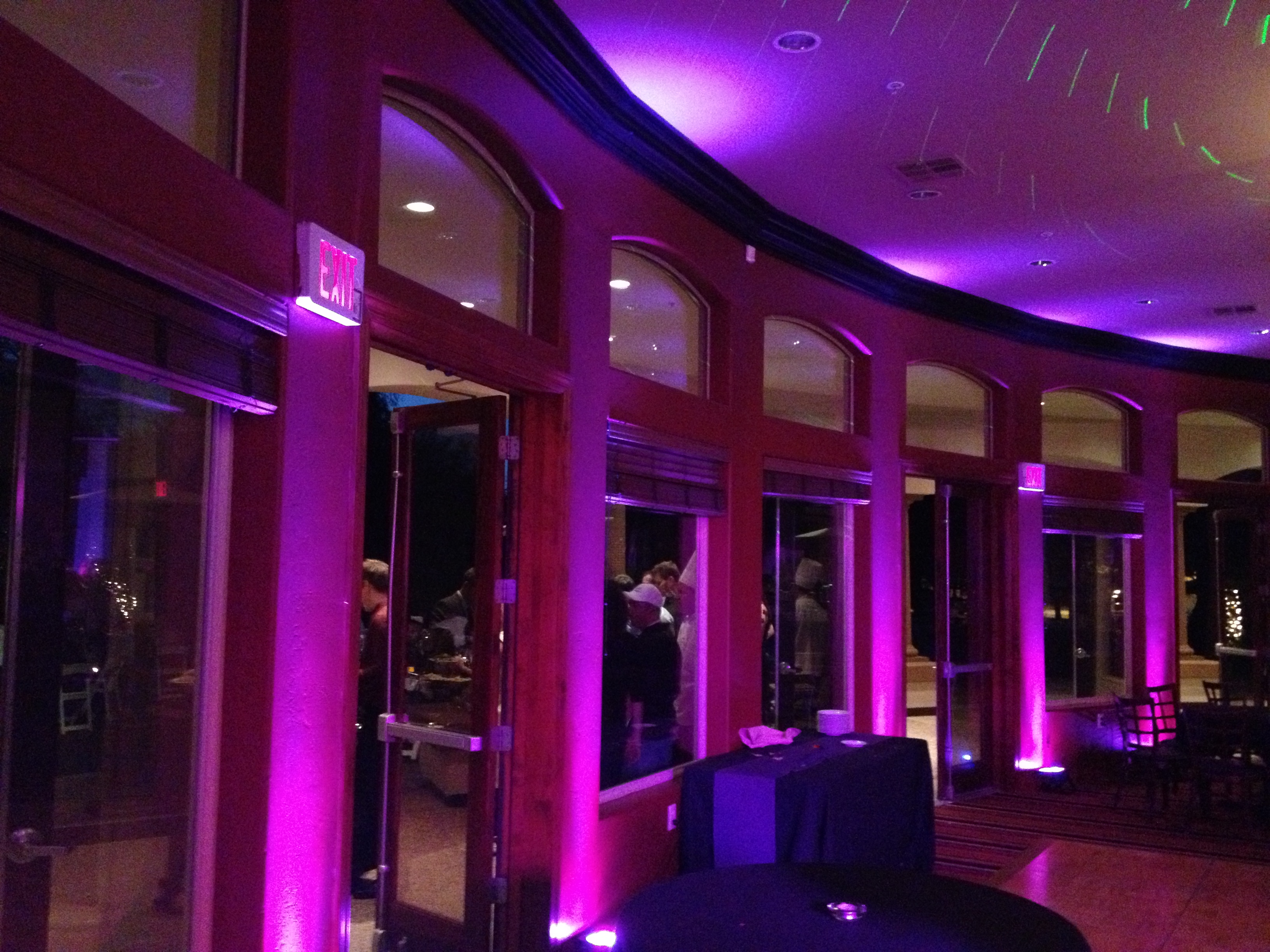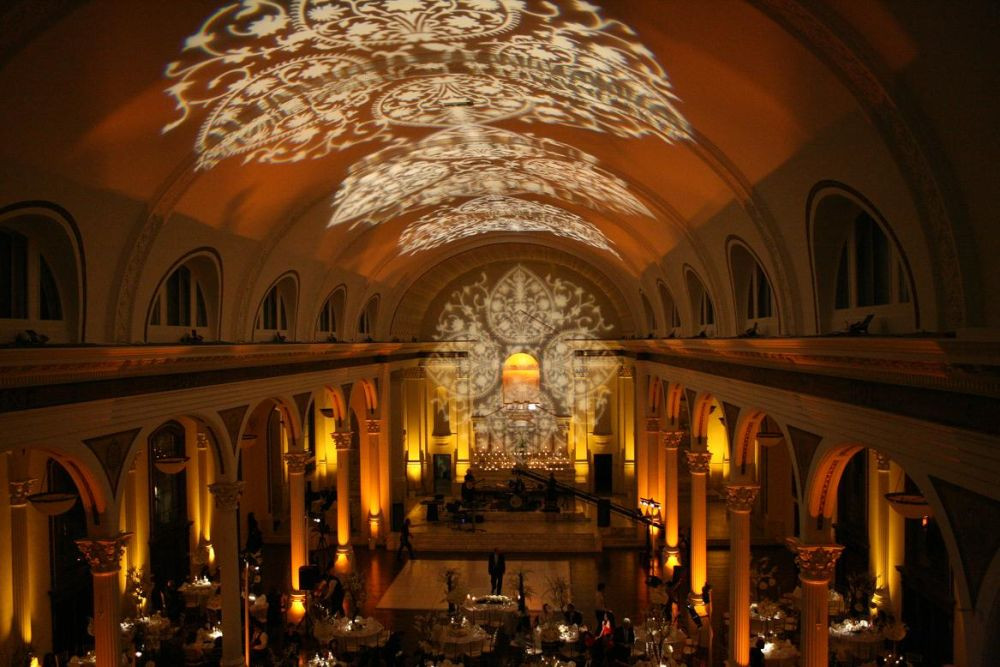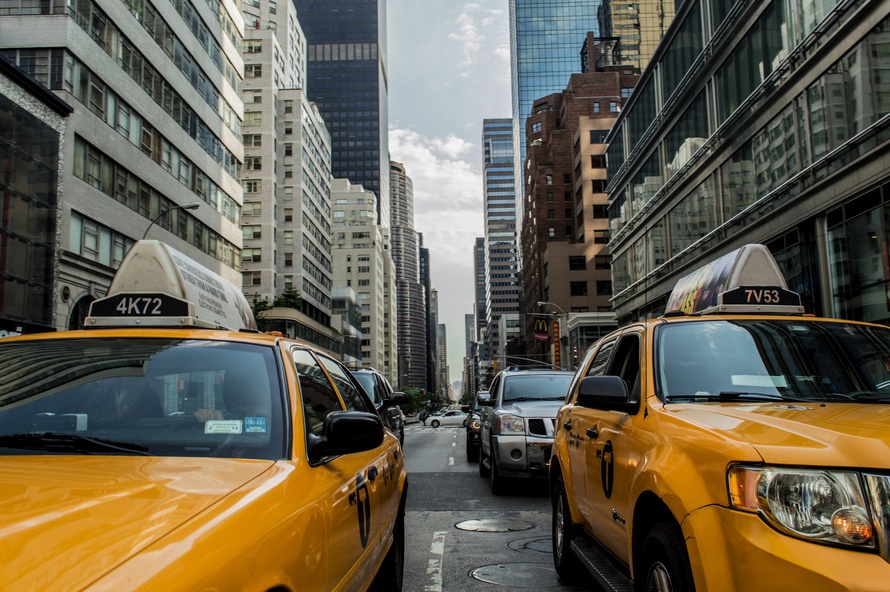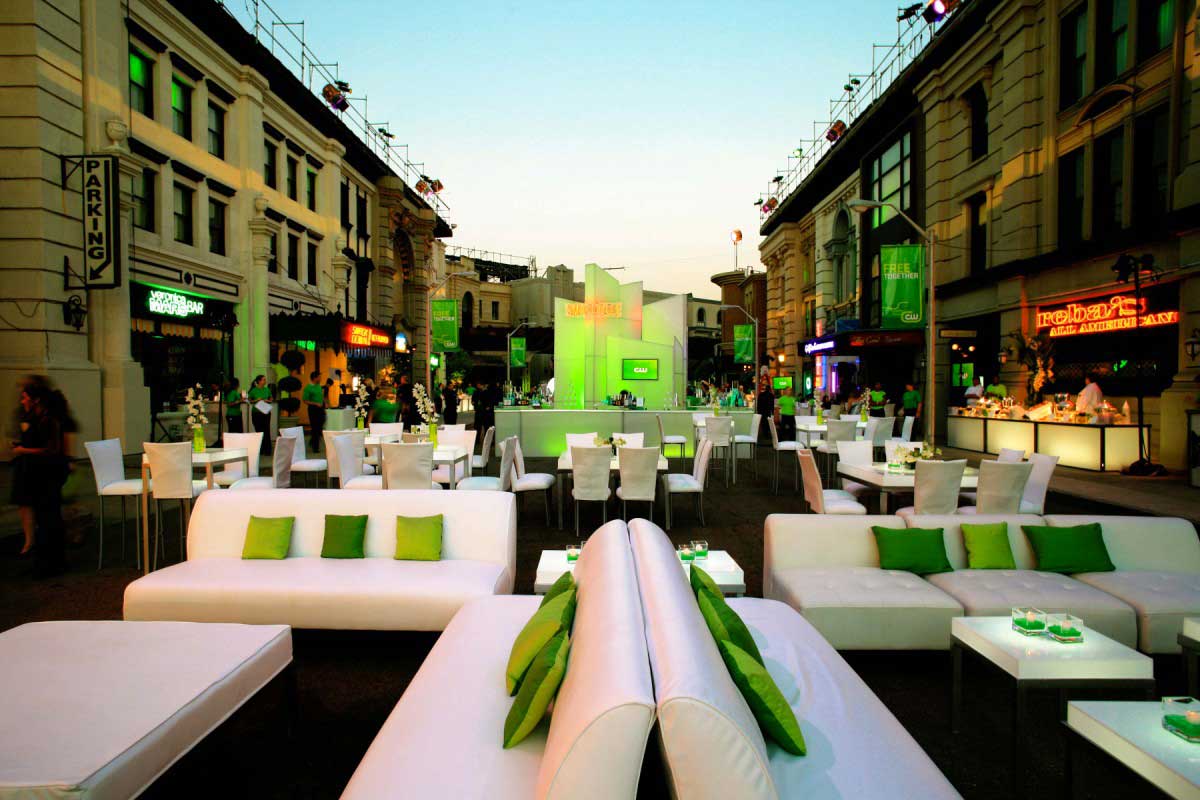GoPro helmet-mounted cameras have been around since by Nicholas Woodman invented them in 2004. They’ve made him a billionaire. Even though they are a perfect fit for the events industry, they are underutilized by event planners, who can use them to speed up the action to cover more ground or slow it down when it’s time to show details.
Here are 6 ways in which event and meeting planners can use GoPro.
Training and Development
Some processes are very intricate. Learners benefit from seeing the details from the point of view of the individuals carrying out the task. Videos shot using GoPro are an ideal vehicle for capturing minute details and walking learners through tasks step-by-step. Retailer Experticity has created a GoPro channel where associates can log in and learn from custom designed videos.
Capture meetings, conferences, and concerts from the point of view of speakers and facilitators
Instead of just giving lip service to audience engagement, incorporate the audience reactions and the point of view of performers and speakers into video highlights.
Relive Outdoor Adventures
Whether it’s zip-lining, bobsledding, dune bashing, or desert adventures on quad bikes, GoPro is the perfect way for participants to relive their adventures.
Capture the Intensity of Action Sports
For fast-paced action sports like polo, GoPro places viewers in the center of the action. In combination with drones that cover a large territory, GoPro is a great way to convey the full intensity of action sports.
GoPro is in the process of developing a quadcopter drone for release in 2016. Event professionals can look forward to this type of footage.
Provide Tours of Resorts
Site inspections are always the best plan, but, when they are not possible, a professional video with images captured through GoPro can give clients the look and feel of a resort or venue.
Preview Off-the-Beaten-Track Adventures
For adventures in rugged territory, footage from a GoPro camera can give clients the information they require to assess whether or not the experience is a good fit from the group.
Finally, here are some tips for using GoPro for events:
- Storyboard what you want the final video to look like to ensure that you get all required shots.
- Be sure to obtain the right mounts and other accessories.
- Invest in large memory cards and always bring backup as memory cards fill up fast.Carry extra batteries and ensure that all batteries are fully charged.
- Make sure that the lenses are clean. Unlike a digital camera, it won’t be possible to check the lenses before or after every shot.
- Shoot when lighting is best. Early morning will produce clear and well-lit shots. Late afternoon shots will have shadows and drama.














